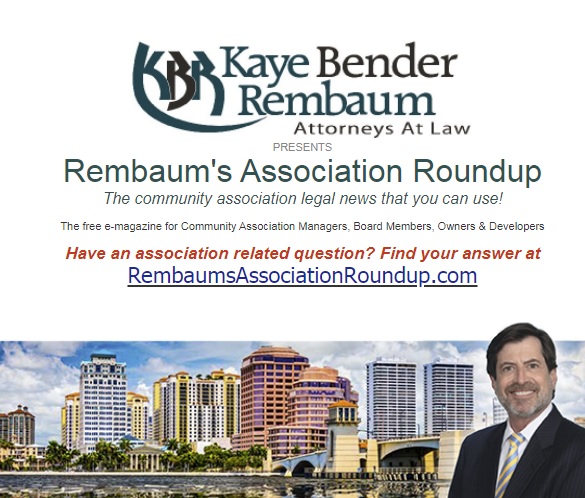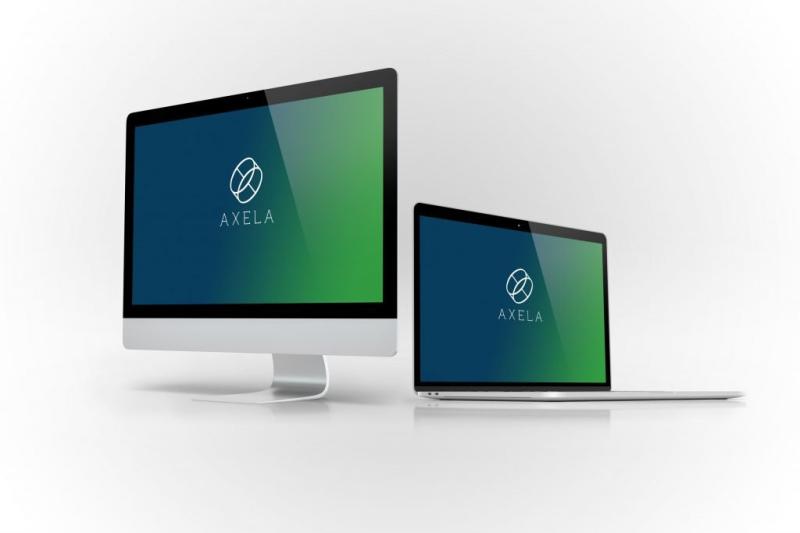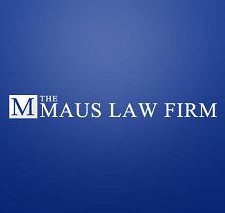Attorney-Client Privilege: Are Litigation-Related Communications Between An Association, Attorney, and Management Protected?
BY JOHN STRATTON / of Becker
The attorney-client privilege is one of the oldest and most respected privileges in the law. The purpose underlying this fundamental privilege is to ensure that clients receive accurate and competent legal advice by encouraging full disclosure to their lawyer without fear that the information will be revealed to others. The privilege covers written and oral communications and protects both individual and institutional clients including community associations.
However, the attorney-client privilege does not apply to every communication with an attorney and in certain circumstances can even be waived. For the privilege to exist, three requirements must be met: there must be a communication; the communication must have been intended to remain confidential; and the communication must have been made in the context of obtaining legal advice.
Pursuant to Florida’s Evidence Code, a communication between lawyer and client is “confidential” if it is not intended to be disclosed to third persons other than:
- Those to whom disclosure is in furtherance of the rendition of legal services to the client.
- Those reasonably necessary for the transmission of the communication.
Florida courts have stated that the second exception (i.e. those reasonably necessary for the transmission of the communication) applies to agents of the client. This is so because in Florida, all corporate powers are exercised by, or under the authority of, the association’s board of directors. Further, as an inanimate entity an association cannot speak directly to its lawyers and must instead act through agents.
A management company and its personnel are generally responsible for the day-to-day operations of the community, implementing directives of the board, and serving as a liaison between an association and its counsel. Although a reasonable interpretation of the Florida Evidence Code and case law implies that a property management company is likely an agent of the association, such a determination is not guaranteed.
However, there are steps that can be taken by the association and its counsel to support an assertion of privilege such as including language in their management contracts that expressly extends the attorney-client privilege from the association to include the manager. The association’s counsel can also prepare a general Board Resolution authorizing the management company and its employees to act as agents of the association where necessary to further communications with legal counsel.
Evidentiary privileges (such as the attorney-client privilege) are sacred protections in a court of law. It is imperative that proper measures are taken to ensure that said privileges are not compromised. If your association finds itself involved in a potential or pending litigation, the board needs to work closely with the association’s attorney to protect the privileges the law provides to keep confidential communications out of the hands of the wrong people.
 John handles business litigation and appellate matters representing individuals and corporations across an array of industries. He has significant and successful litigation experience in complex commercial, corporate, land use, and condominium litigation, contract disputes, commercial loan workouts, and civil appellate proceedings in both state and federal appellate courts.
John handles business litigation and appellate matters representing individuals and corporations across an array of industries. He has significant and successful litigation experience in complex commercial, corporate, land use, and condominium litigation, contract disputes, commercial loan workouts, and civil appellate proceedings in both state and federal appellate courts.
Tags:
Condo and HOA Law

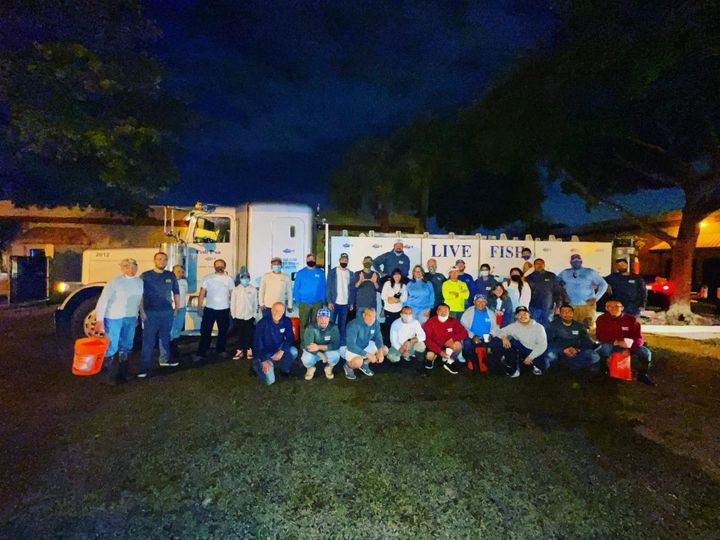
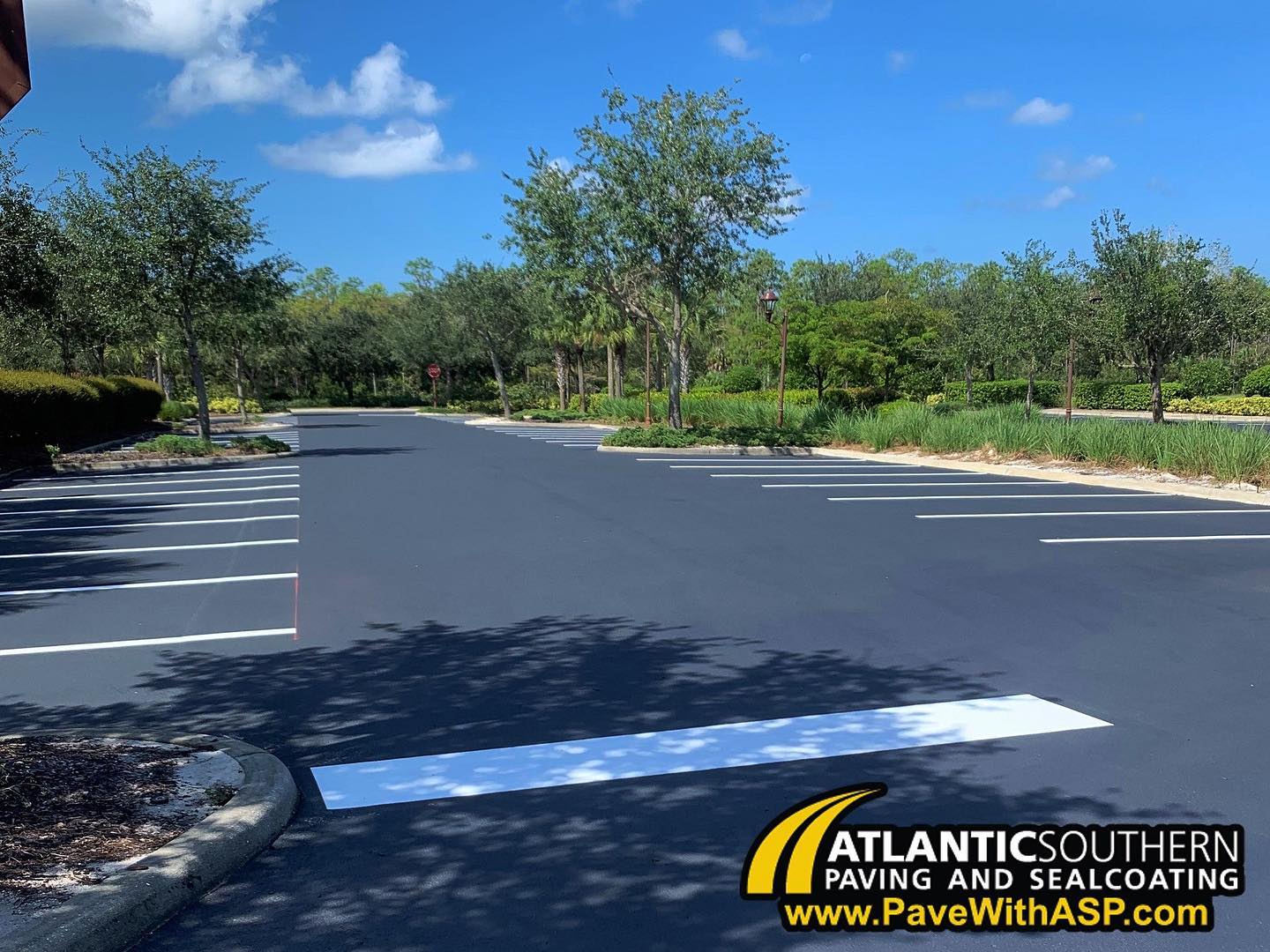

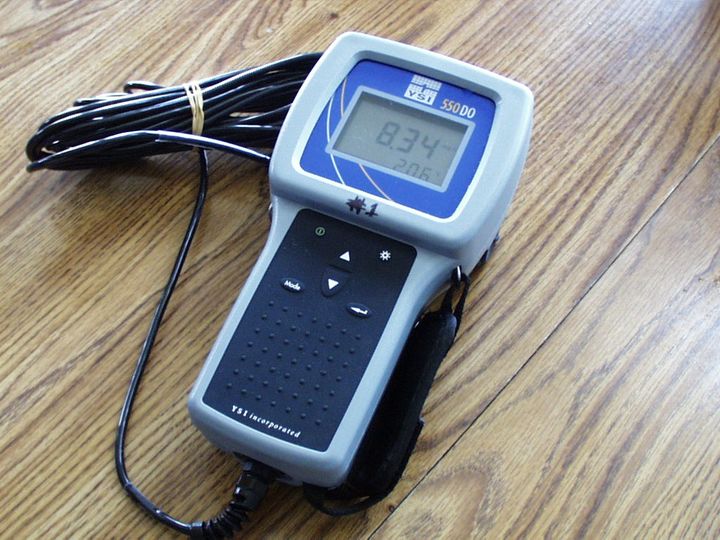


 John handles business litigation and appellate matters representing individuals and corporations across an array of industries. He has significant and successful litigation experience in complex commercial, corporate, land use, and condominium litigation, contract disputes, commercial loan workouts, and civil appellate proceedings in both state and federal appellate courts.
John handles business litigation and appellate matters representing individuals and corporations across an array of industries. He has significant and successful litigation experience in complex commercial, corporate, land use, and condominium litigation, contract disputes, commercial loan workouts, and civil appellate proceedings in both state and federal appellate courts.
 Clif brings 20+ years of experience in progressive leadership roles, including serving as CFO of a major provider of advanced technology solutions across the federal, state, municipal, commercial, and petrochemical refinery markets, and extensive experience with A/E firms. He has a wide technical accounting foundation with experience in public accounting, US GAAP, controls, reporting, systems, FP&A, corporate development, and treasury and strong penchant for building consensus, creating effective relationships, and negotiation skills.
Clif brings 20+ years of experience in progressive leadership roles, including serving as CFO of a major provider of advanced technology solutions across the federal, state, municipal, commercial, and petrochemical refinery markets, and extensive experience with A/E firms. He has a wide technical accounting foundation with experience in public accounting, US GAAP, controls, reporting, systems, FP&A, corporate development, and treasury and strong penchant for building consensus, creating effective relationships, and negotiation skills.  The Falcon Group
The Falcon Group